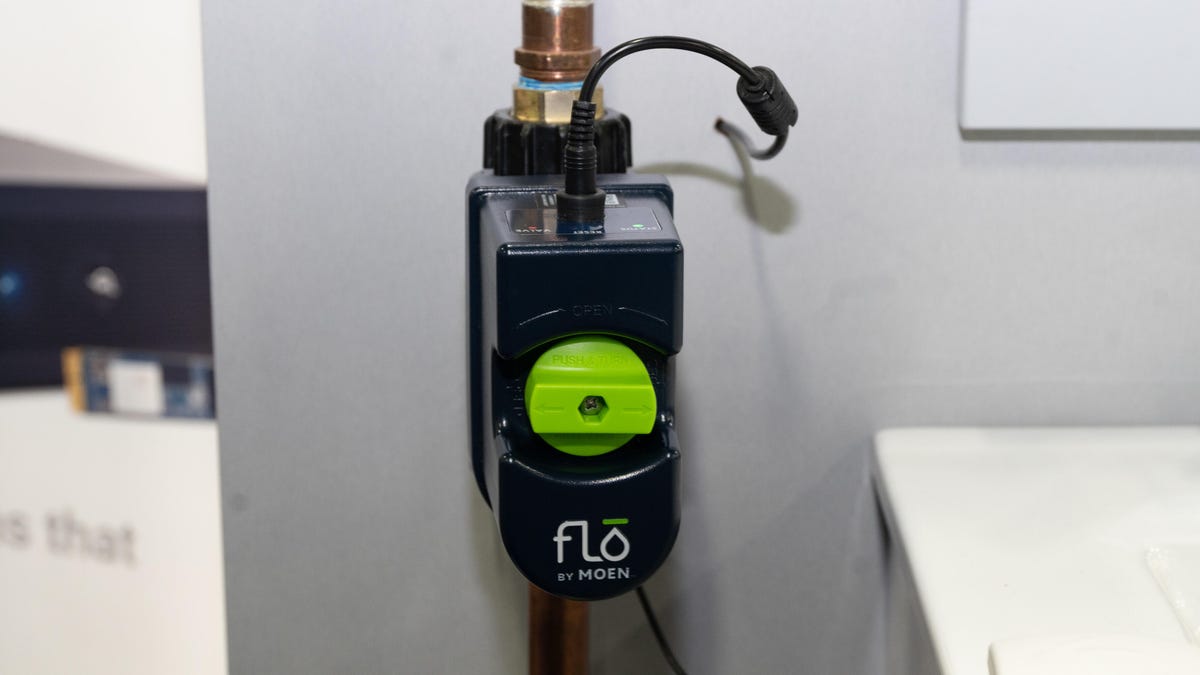
Beneath the surface of our landscapes lies a complex network of utilities, pipelines, and communication cables, essential for modern life. Installing and maintaining this infrastructure often presents significant challenges, particularly in densely populated areas or environmentally sensitive regions. This is where the art and science of directional drilling comes into play, offering a precise and minimally invasive solution for underground installations.
Precision Underground Navigation:
Directional drilling, also known as horizontal directional drilling (HDD), is a sophisticated technique that allows for the installation of underground utilities without the need for extensive trenching. This method involves drilling a pilot hole along a predetermined path, followed by enlarging the hole to accommodate the desired pipeline or cable. The key to this process lies in the ability to precisely steer the drill head, navigating around obstacles and following complex trajectories.
The Science of Steering:
The science behind directional drilling involves a combination of advanced technologies and engineering principles. Drill operators utilise sophisticated monitoring systems to track the drill head’s position and orientation in real-time. These systems provide accurate data on depth, angle, and direction, allowing for precise adjustments to the drilling path.
Gyroscope and magnetometer technology provide vital information on the drill head’s position and orientation. This information is relayed to the surface, enabling operators to make real-time adjustments. These adjustments ensure the drill stays on the planned path, avoiding existing utilities and other underground obstacles.
The Art of Expertise:
While technology plays a crucial role, the success of directional drilling also relies on the skill and experience of the drilling team. Operators must possess a deep understanding of soil conditions, drilling techniques, and equipment operation. They must also be able to interpret data and make informed decisions in real-time. This combination of technical expertise and practical experience is what transforms directional drilling from a science into an art.
Experienced teams understand the nuances of different soil types, the impact of drilling fluids, and the complexities of navigating challenging terrains. They anticipate potential problems and develop effective solutions, ensuring that projects are completed safely and efficiently.
Minimising Environmental Impact:
One of the key advantages of directional drilling is its minimal environmental impact. By eliminating the need for extensive trenching, this method reduces soil disturbance, minimises surface disruption, and preserves natural habitats. This is particularly important in environmentally sensitive areas, where traditional excavation methods can cause significant damage.
Directional drilling also reduces the risk of damage to existing infrastructure, such as pipelines and cables. By precisely controlling the drilling path, operators can avoid collisions and ensure the integrity of existing utilities.
Applications Across Industries:
The applications of directional drilling are diverse, spanning various industries. From telecommunications and power distribution to oil and gas pipelines, this method provides a versatile solution for underground installations.
In the telecommunications industry, directional drilling is used to install fibre optic cables, enabling high-speed internet access. In the energy sector, it is used to lay pipelines for natural gas and oil, minimising environmental impact and reducing transportation costs.
Conclusion:
Directional drilling represents a remarkable fusion of art and science, offering a precise and minimally invasive solution for underground installations. By combining advanced technologies with expert knowledge, this method enables the efficient and safe deployment of essential infrastructure, contributing to the development of modern societies while minimising environmental disruption.




:max_bytes(150000):strip_icc()/beautiful-garden-fences-4175921-hero-1753d4fd6dbf408399ebee13639a08c6.jpg)